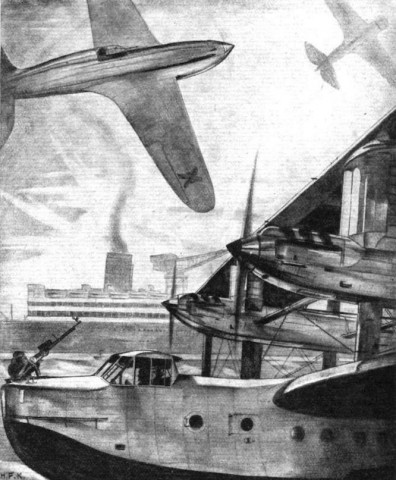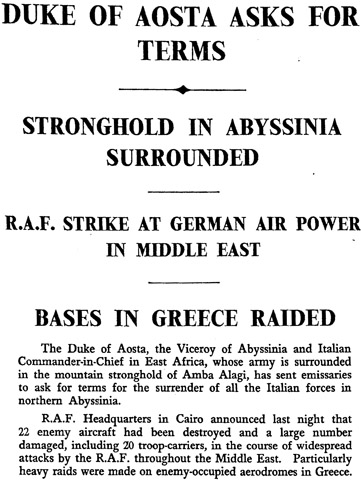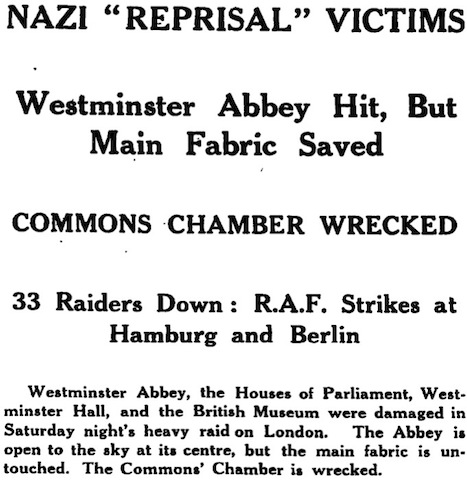If, 193–?
In June 1936, Flight published a short story entitled ‘If, 193–? A conjectural story’. It’s interesting as an example of an air force view of the next war. That is, for the RAF it goes pretty much according to plan: the enemy’s attempt at a knock-out blow against Britain fails, whereas the RAF plays a […]








